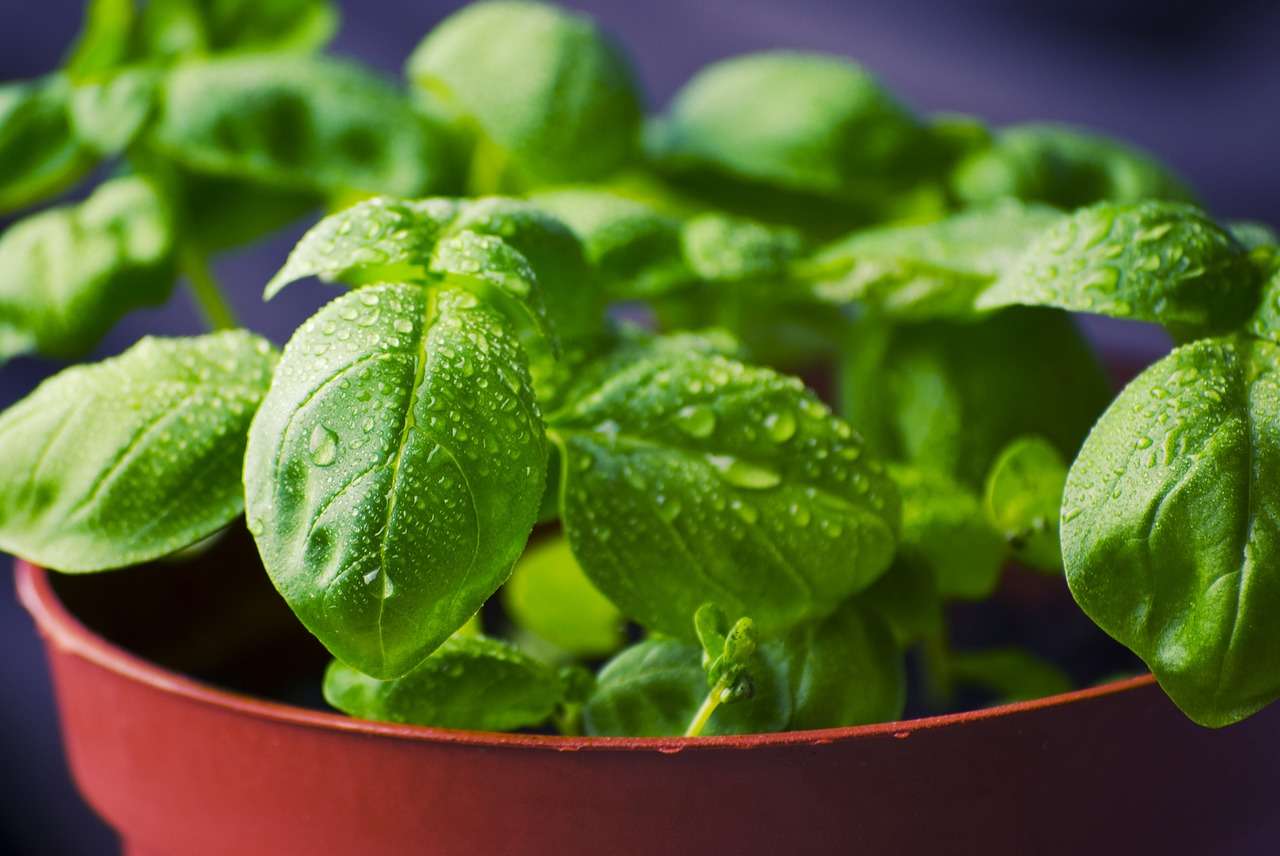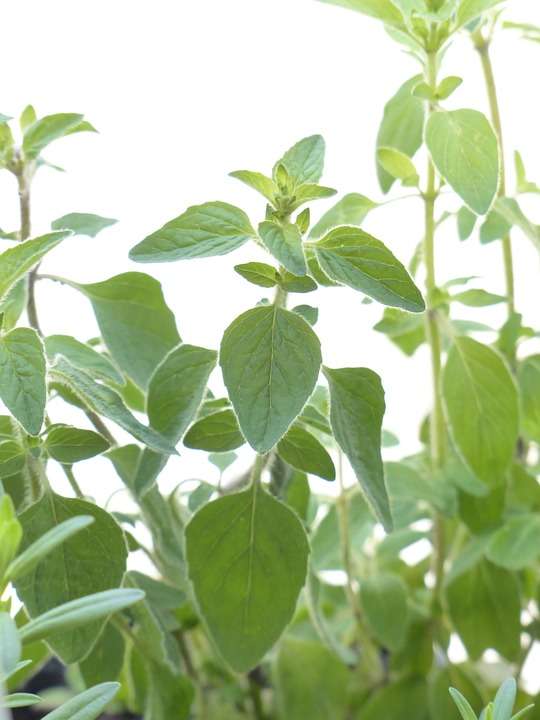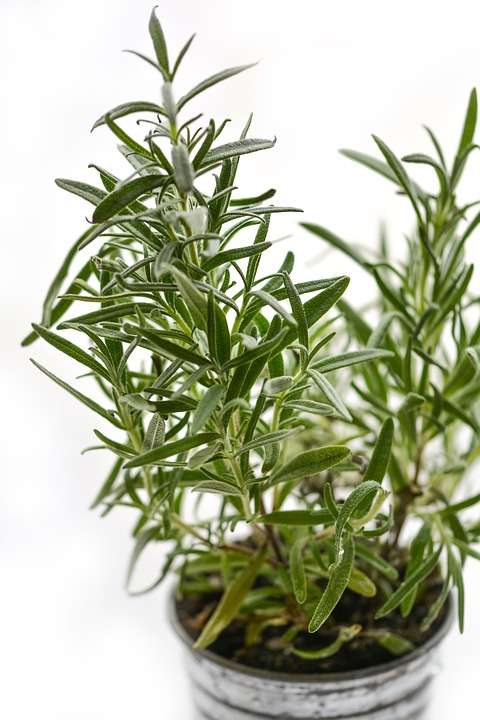More and more people are starting their own indoor herb gardens. However, since there are many kinds of herbs, it might get a little intimidating for you if you are just a beginner. First and foremost, why should you start your own indoor herb garden? Having access to your own products is probably one of the cheaper ways to go. You won’t need to go to the grocery for a quick run in case you run out of your favorite ingredient. All you would need would be enough seeds to get you through.
But, what are the best plants for indoor herb gardens? Here is a list of essential plants you should have:
Basil

Basil is one of the most famous ingredients when it comes to cooking. This herb is generally easy to grow and it can be grown in a pot. However, it will need warm soil and doesn’t do well when it comes to cold weather. Not only will it be a fantastic ingredient to your dishes, but it is also an effective mosquito and fly repellant! The basil plant is also an effective pain killer and can be a remedy in case you or your family members catch the flu.
Chives
Compared to the basil plant, chives can actually withstand the winter and cold weather! This makes them easy to grow over the cold season. This plant also grows from seeds, however, it might be faster if you plant already established sprouts. If you have a newly planted chive, keep them out of direct sunlight for a bit and let them adjust to the new environment first. It is recommended to wait for the plant to adjust for around four weeks before you start harvesting. Leave at least two leaves so that your chive plant will be able to grow more leaves.
Oregano

Similar to the other herbs mentioned, oregano is another plant that is a must-have in your indoor herb garden due to its popularity when it comes to cuisines. It is also relatively easy to grow as well as it is also a low maintenance plant just like chives. Oregano is the kind of plant that you can keep for a few years even with just one pot. However, once it hits the third or fourth year, it might produce fewer leaves than before. The plant can also withstand the cold weather, it does thrive more during the warm seasons. You can go ahead and harvest your plant once the stem gets to the four-inch mark!
Rosemary

Compared to the three herbs previously mentioned, rosemaries are more difficult to grow indoors. Something to remember when bringing in a rosemary plant indoors is it needs to be put on a sunlight diet. Think of it as putting new fishes in your fish tank and acclimating them to the same temperature first. Another thing to remember would be watering it properly depending on the season. A rosemary’s soil should never dry out but when it is already winter, you would need to water it less.
Starting a new hobby would be a great start for the year and growing your own indoor herb garden may be tough at first, it would be worth it once you see your plants blooming and you start harvesting.






